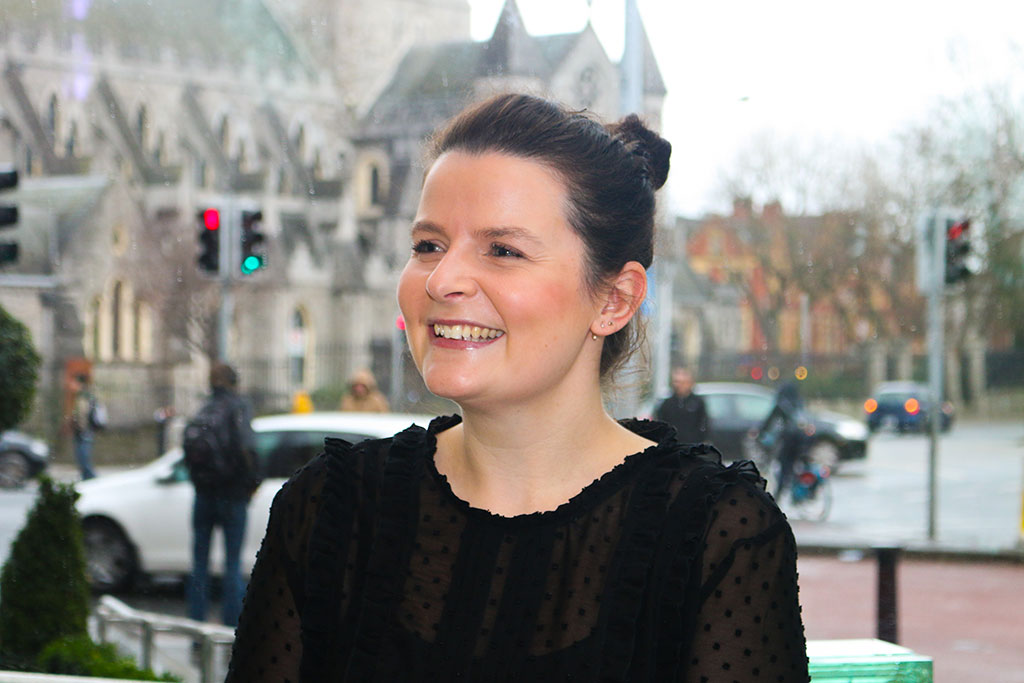
With more people working from home and updating themselves with the latest news about Covid-19, Eimear McGrath looks at the impact this has had on out media consumption habits.
In-home entertainment, social and messaging increases as we try to keep ourselves informed and entertained during this global crisis.
In times of crisis, what we lean into more says a lot about our deepest thoughts, opinions and attitudes. The shift in media habits and consumption is the first question on marketers minds, as we collectively prepare for its implications on what may form a ‘new normal.’
GroupM Ireland, made up of media agencies Mindshare, MediaCom and Wavemaker, commissioned fieldwork to help inform this very question.
Over the 19th to 23rd March, during these unprecedented times, research looking at adaptations to media consumption of people across Ireland were examined to inform the industry.
Our sample was made up of 1,003 adults, representative of age, gender, region and socioeconomic status. Fieldwork was conducted online while most were minimising social contacts and staying home as much as possible. 68% of our respondents were either working from home, minding children at home or just staying at home.
So what has changed in terms of our media consumption?
- Isolation is a gift to some, and that is particularly true for the AV providers and platforms in Ireland. AV formats have all increased as people look to keep up with the latest news, or indeed respite from developments as the crisis develops by keeping themselves entertained. 90% of adults watched TV yesterday, up 18% vs 2019 average and one third more than the next most popular AV format, Subscription TV.
- Subscription TV and Online Players have seen the most significant growth compared to ‘normal’ levels measured across 2019. It was an opportune time, albeit not planned, for Disney+ to launch as the number of people watching subscription TV increases by 53%.
- Social has exploded, with Instagram and GenZ favourite, Snapchat, showing the most considerable growth, up 45% and 42% respectively. Instagram, in particular, has demonstrated the versatility of its platform with something for everyone – from teachers live-streaming lessons to charity concerts, home work-outs and fitness challenges.
- Information and misinformation are rife at times of crisis. There is no surprise that much of this has played out on messaging platforms like WhatsApp. The usage is surging as people ensure they remain virtually connected to family and friends, using old and new technologies. We have seen Facebook Messenger achieve the highest level of reach since the GroupM tracker began in 2016.
- News is, more than ever, important for everyone right now. We have seen growth across both online and printed news consumption, with print news up 13%.
- Radio remains ever-present, in keeping with our aural culture. While radio listenership has not increased, the level of trust in it as an advertising channel has, something fundamental for advertising at this time.
- The Irish appetite for audio products continues to expand, especially during COVID-19. Music streaming has erupted by 72% as new routines allow for more curated listening. As increased domesticity establishes, Spotify has observed an increase in cooking and housework playlists, as well as children’s music. Unsurprisingly, this runs at a tangent from music intended for group celebrations and work.
- And we are not only turning to music on demand – just over one in five have been listening to podcasts, up 50% on ‘normal’.
- Entertainment is paramount during social distancing and gaming has become a saviour for many. Both console and mobile gaming, with those gaming via console doubling compared to normal levels as people look to fill their time at home.
- We know that what is most important now is to help stop the spread of COVID-19 in any way we can, for most that is simply done by staying at home and maintaining the social distancing guidelines as laid out by the Government.
This research gives us a glimpse as to how our media behaviours have changed while people are doing the right thing and minimising their movements. What does it mean for the future of media? It’s hard to tell how such a global crisis will change life in the future. Some media behaviours may return to ‘normal’ when this period ends. Still, in other instances, new routines and habits could form – all of which will re-shape our media consumption into the future.
For now, stay at home and stay safe.

Eimear McGrath is Research Director with Mindshare Ireland




















